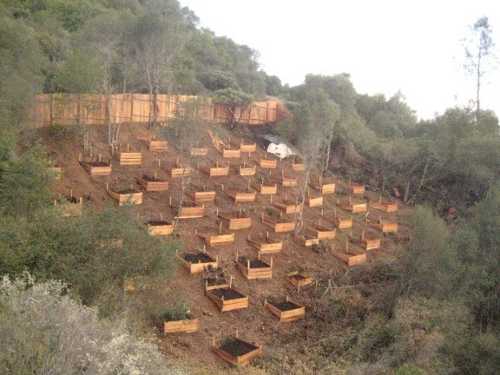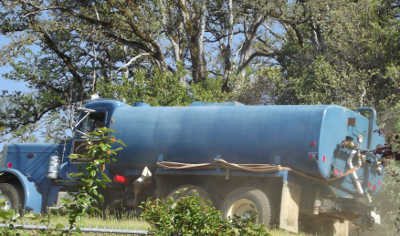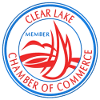- Glenn Koeppel
Koeppel: To breathe or not to breathe
Whenever my daughter and I walk by someone who is smoking we look at each other, sigh and, given no other option, hold our breath as we pass by.
We do that because we know all about the number of deadly ingredients found in cigarette smoke. We don’t blame the smoker. Chances are the smoker knows, too.
Unfortunately, the smoker has developed an addiction to the nicotine that is a natural part of the tobacco plant. What smokers might not know is that the tobacco companies that make the cigarettes are not only aware of how addictive nicotine is, but go out of their way to make it even more addictive than it already is.
It’s been proven that they add forms of ammonia to the “recipe” to break down the nicotine molecule to its’ base form, so the smoker is free-basing nicotine.
In order for the smoker to maintain this designed addiction, they are exposing themselves to many, many chemicals that are known to cause early death in a large percentage of smokers.
The sad truth is that the smoker is not the only victim of these deadly toxins. Only 15 percent of the smoke inhaled stays in the lungs. The other 85 percent is exhaled into the air, so as other people, including nonsmokers, walk through the cloud, they too are breathing the more than 60 cancer causing chemicals present in secondhand smoke.
Nonsmokers have already made the choice to live a healthier life style and should expect a certain level of security knowing they can walk around in public places, or go to work, without the concern of being poisoned.
There are some protective factors already in place.
Ten years after the “smoke-free bars” law went into effect, the “smoke-free cars with minors” law started.
This law, which has been in effect since the beginning of 2008, prohibits smoking in a motor vehicle when a minor (17 years old and under) is also in the car. A violation is punishable by a fine of up to $100.
The city of Lakeport has an ordinance that prohibits smoking “within the boundaries of any city park, playground, or recreation center” (cmc 8.44.020). A violation of this law is an infraction.
The Lake County Fair Board has assigned certain areas within the fairgrounds that are off limits to smokers in an effort to protect nonsmokers, especially children, from the damaging effects of secondhand smoke.
California is definitely moving in the right direction, but is the state doing enough?
To help you decide, you might be interested to know that for every eight smokers that die of a smoking related death, one non-smoker does too. That’s because there is no safe level of exposure to secondhand smoke.
Labeled as a Class “A” carcinogen, the very moment secondhand smoke is inhaled, it starts causing damage to cells and tissue inside the body. Over a long period of time the effect can be very serious and in some cases deadly.
The EPA, the FDA and the U.S. Surgeon General have all agreed that nonsmokers need protection from being forced to breathe tainted air.
Another fact that most people might not be aware of is that the more a young person breathes secondhand smoke the more likely they are to become smokers. With each breath, they are getting nicotine into their bloodstream and sooner or later they too could become addicted to it.
There is also very strong proof that young girls suffer permanent damage to their reproductive system after inhaling secondhand smoke.
Evidence shows an increase in chances that, when older, they might have difficulty getting pregnant, have an increased chance of having miscarriages and giving birth to low-weight babies.
Living in America, people have the right to choose whether or not to smoke. Do they have the right to put nonsmokers in danger?
We have the right to breathe clean air. Since there are more nonsmokers than there are smokers and 48 million of them are former smokers, it would make sense to me that there should be laws and rules in place to protect nonsmokers, not because they are the majority, but because of the high risk being exposed to secondhand smoke presents.
So when my daughter and I walk down the street we should not have to choose to breathe or not to breathe.
As community a member, I support ordinances and policies that limit exposure to secondhand smoke while outdoors – especially in public parks, outdoor events (such as the Lake County Fair), and areas outside a local business we would like to visit.
You have an opportunity to join efforts to protect the health of our community.
If you would like more information about the health effects of exposure to secondhand smoke, or would like to be involved in local efforts to protect the health of our community, call the Lake County Tobacco Education Program, a program of Lake Family Resource Center at 707-262-1379, Extension 113.
For help to quit smoking, call the California Smokers Helpline at 800-NO-BUTTS.
Glenn Koeppel lives in Lucerne, Calif.




 How to resolve AdBlock issue?
How to resolve AdBlock issue? 



